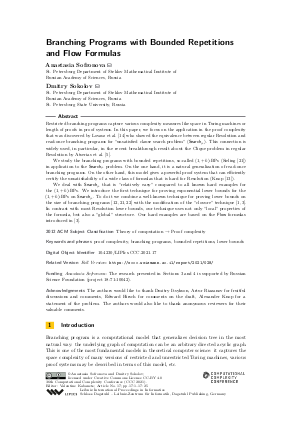LIPIcs.CCC.2021.17.pdf
- Filesize: 0.87 MB
- 25 pages

 Creative Commons Attribution 4.0 International license
Creative Commons Attribution 4.0 International license




Feedback for Dagstuhl Publishing